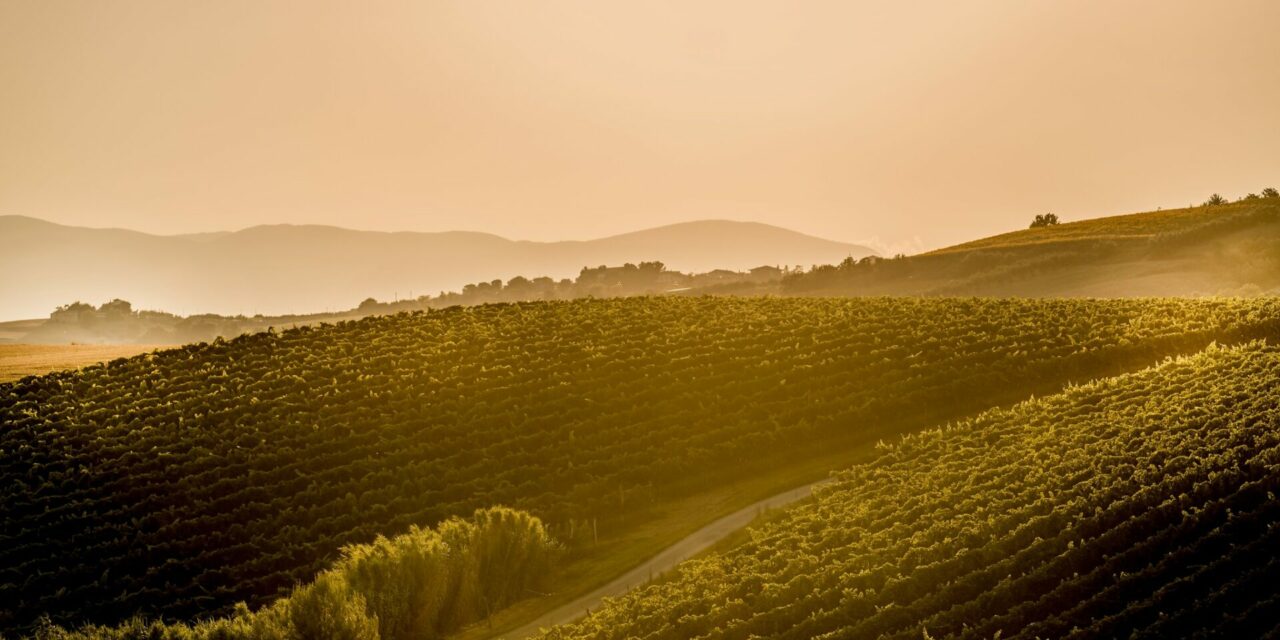Among the many remarkable attributes of Italy’s wine industry, the sector’s resilience is surely its most impressive feature. The trials and tribulations, the production booms and busts, the sheer drama, and shocking scandals that Italian wine has overcome…
After all, who could forget the rash of 1980s methyl alcohol poisonings that left 19 wine drinkers dead and countless others with serious neurological deficits? Or the ignoble fake wines of the 1960s, where water and dregs from grape pressings were mixed with a variety of “ingredients” ranging from pureed figs to molasses to cattle blood.
Less dire but equally illicit are the countless discoveries of illegal grape blending, the most famous of which is perhaps the 2008 “Brunellogate” chapter. And yet, with every blow to their winemaking reputation—at home and internationally—Italy has always managed to rise from the ashes. Often, with the advantage of more stringent controls and a greater drive to boost wine quality.
Though Italian wine sales have flattened over the past year, in line with an international trend of slowing consumption and the global economic downturn, the UIV-Vinitaly Observatory indicates that the past 15 – 20 years have seen near uninterrupted export growth.
The Prosecco craze has had a lot to do with international (and domestic) volume growth in recent years. In value terms, Italy’s fine wine reputation has largely been carried by its famed regions like Barolo, Montalcino, Chianti Classico, or Amarone since the 1990s.
However, Italy has far more strings to its vinous bow than easy drinking bubbly and a handful of prestigious appellations. Sought-after wines are cropping up in all of Italy’s 20 wine producing regions, leading curious oenophiles to explore the country’s wealth of distinctive terroirs and indigenous varieties more closely than ever before.
Indeed, Italy’s native grapes are its greatest strength.
Estimates vary, but according to Italian wine expert, Ian D’Agata, Italy grows roughly 2,000 autochthonous cultivars. Nearly 400 of these grapes are produced in commercially significant volumes. The numbers are growing steadily as once forgotten grapes like Timorasso, Schioppettino, or Recantina make a comeback.
Why is this important? Because Italy’s indigenous varieties are an essential part of the country’s cultural heritage. They also set Italy apart from most other significant wine-producing regions. The International Organisation of Vine and Wine indicates that one-third of vineyards world-wide are planted to just 13 international grapes. In comparison, seven of Italy’s top ten most planted grapes are local.
“Native wine grapes hail from a particular place and region, and express a terroir unlike that of grapes cultivated anywhere else in the world. They are also specifically adapted to the environment in which they grow, representing the most ecologically friendly agriculture possible.” – Ian D’Agata, Club Oenologique.
The movement among Italy’s quality-minded grape growers to renew their focus on local varieties and resurrect forgotten cultivars was initially a question of preservation. Now, many are looking to indigenous grapes as the best local response to climate change challenges.
Countless numbers of Italian grapes were lost in the aftermath of the powdery mildew and Phylloxera ravages at the turn of the 20th century. Vineyards were replanted with maximum economic return in mind, with grapes that produced the largest yields and ripened earlier and more consistently.
Many later maturing grapes – that struggled to reach full ripeness most years – were forsaken, but for a handful of traditional growers. As temperatures continue to soar and harvest dates are moving alarmingly forward, late ripening varieties are becoming increasingly important.
Drought resistance is another essential grape attribute in a warming environment. The torrid conditions of Italy’s southern wine regions are not new. Over the centuries, many of their local grapes have learned to thrive with very little water. As more northerly regions begin to mirror the hot, dry conditions of Italy’s south, these varieties will likely migrate northward; a phenomenon already being seen in certain Tuscan vineyards.
Italy has several significant geographical advantages in terms of weathering the current intense heat spells associated with climate change. Coastal vineyards on its peninsular mainland and islands benefit from cooling marine breezes. Many of its inland regions are crisscrossed by lakes and rivers that also temper extremes. Finally, its mountainous interior has allowed many producers to move upwards in search of cooler vineyard sites.
Despite this, grape growing is becoming ever more challenging and unpredictable. The 2023 growing season was not kind to wine producers in central and southern Italy. Heavy rains, flooding, hailstorms, drought, and widespread downy mildew all conspired to slash harvests by 20% to 30%, according to local reports.
Italian wine lobby groups UIV and Assoenologi estimate a 12% decrease in volume output as compared to 2022, meaning that after a long hiatus, France has overtaken Italy as the world’s leading wine producer. While the news isn’t good for Italy, it will hopefully allow oversupply in certain regions to decrease.
Only time will tell how the world’s major vineyards fare, faced with over-production, climate threats, and changing consumer patterns. If there is one country that can weather the storm, as they have done for so many millennia, it is certainly Italy.







